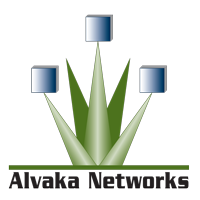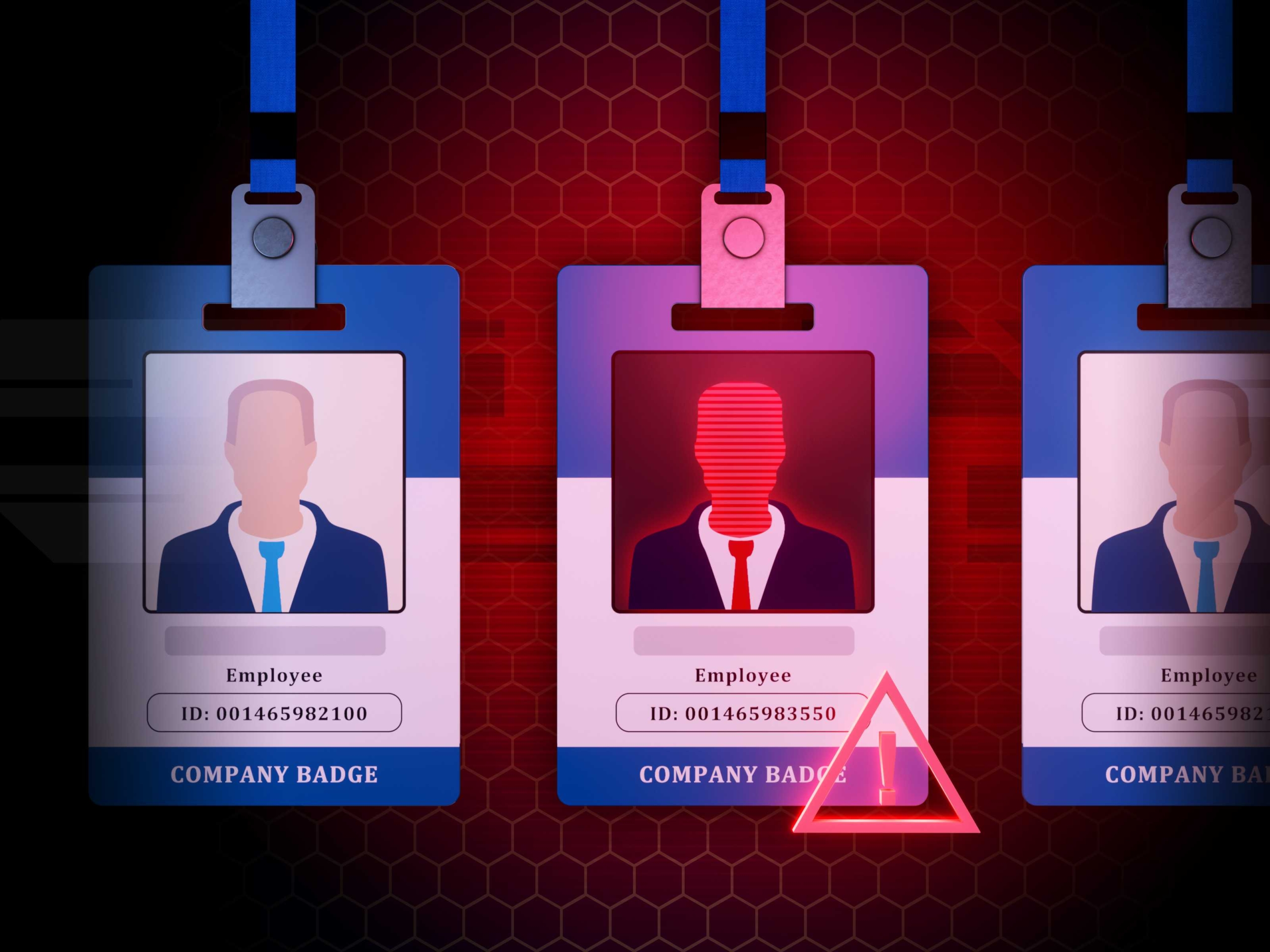The Importance of User Access Controls in Ransomware Defense
Understanding User Access Controls in Ransomware Defense
User access controls ransomware prevention has become an increasingly critical aspect of IT management and network services in today’s digital landscape. Ransomware, a type of malicious software designed to block access to a computer system or data until a ransom is paid, exploits vulnerabilities within a network’s access control mechanisms. By properly managing user access controls, organizations can significantly reduce the risks associated with these attacks. At Alvaka, we are committed to ensuring that your network is fortified against ransomware threats through robust access control strategies.
The First Line of Defense: Limiting Access to Reduce Risks
Adopting the principle of ‘least privilege’ is a cornerstone of Alvaka’s preventative strategy against ransomware. This approach ensures that users are granted the minimum levels of access—or permissions—necessary to perform their job functions. Restricting these privileges effectively diminishes the potential impact of a ransomware breach. Insights from industry studies reinforce the significance of implementing stringent access controls as an initial barrier against unauthorized infiltration.
Evaluating Your Current Access Control Strategy
It is vital for organizations to periodically evaluate their user access control framework to safeguard against emerging ransomware threats. Our team at Alvaka encourages you to review your current policies and practices to ensure they align with the latest industry standards and guidelines. Effective user access management not only serves as a defensive measure against cyber threats but also as an ongoing commitment to the security and integrity of your network infrastructure.
Implementing Strong Authentication Protocols
Fortifying User Access Controls with Multi-Factor Authentication
At Alvaka, we understand that robust authentication is a cornerstone of effective user access controls ransomware prevention. Multi-factor authentication (MFA) fortifies your cybersecurity defenses by requiring users to provide two or more verification factors to gain access to resources, making unauthorized access significantly more challenging for attackers. Consider how one-time passwords (OTPs), biometric verification, or security tokens add an additional layer of security that goes beyond traditional password-based protections.
We have witnessed firsthand how organizations with MFA have thwarted ransomware attempts. For instance, a healthcare provider with MFA in place was able to prevent a potential ransomware attack because the perpetrators could not surpass the secondary authentication hurdle. This serves as a powerful example of MFA’s role in safeguarding sensitive data and systems.
User Access Controls Ransomware Prevention through Regular Audits and Updates
Continuous vigilance is key to maintaining robust user access controls for ransomware prevention. We advocate for regular audits to ensure that user permissions remain aligned with the principle of least privilege. These reviews are crucial, as they can uncover security gaps such as outdated user roles or excessive permission levels that could be exploited by ransomware operators.
Our approach includes proactive adjustments and updates to user access policies to adapt to evolving cyber threats. It’s not just about setting robust controls; it’s about continuously refining them. Regular updates to access control mechanisms are necessary to counter the dynamic nature of ransomware tactics.
- Evaluating role changes and adjusting access accordingly
- Revoking access for inactive users to prevent dormant account exploitation
- Implementing routine password changes and revolving security measures
- Integrating user access controls with other security tools for comprehensive protection
At Alvaka, we emphasize the importance of these regular audits and updates as part of a holistic user access controls strategy for ransomware prevention. By ensuring that your defenses evolve in tandem with threat landscapes, we stand a much better chance of protecting our networks and valuable data from the claws of ransomware.
Did you know? Enforcing ‘least privilege’ access controls can significantly hinder ransomware attacks, which often exploit excessive user permissions to spread through a network.
Enhancing User Access Controls Ransomware Prevention: Our Commitment
At Alvaka, we understand that the landscape of cybersecurity threats, particularly ransomware, is constantly evolving. It’s not just about deploying protective measures, but also about cultivating a proactive culture of security within your organization. Our approach to user access controls ransomware prevention is centered on staying abreast of these changes, and we are unwavering in our commitment to fortify your network against such invasive threats.
Continuous Optimization of Access Protocols
We take pride in our relentless pursuit of excellence in IT management and network services. Continuous optimization of access protocols is not just a practice but a mandate within our security ethos. By refining access controls, we can significantly reduce the risk of ransomware penetration and ensure that our clients’ data remains secure and inaccessible to unauthorized entities. Regular updates and audits are part and parcel of our comprehensive security strategy.
Our team is dedicated to equipping your business with the most robust user access controls ransomware prevention mechanisms available. We recognize that securing your digital assets goes beyond initial setups – it requires ongoing vigilance and adaptability to swiftly neutralize emerging threats.
Ransomware Recovery: A Safety Net for the Unforeseen
Despite the best preventive measures, ransomware attacks can occur. In these critical moments, rapid and effective ransomware recovery is essential. Our recovery services are designed to restore your systems and data with minimal downtime, ensuring that your business operations can resume swiftly. This safety net allows us to provide not only prevention but also responsive remediation, reflecting our comprehensive approach to cybersecurity.
User access controls ransomware prevention are a key component in the defense against cyber threats. At Alvaka, we employ a strategic combination of preventative measures, continuous improvement, and responsive recovery solutions to provide businesses with a resilient security framework. We are proactive in our efforts to limit the possibility of a ransomware incident, but also prepared to act decisively should one occur. As your trusted IT management and network services partner, we stand ready to safeguard your organization’s most valuable assets with unwavering dedication and expert care.
FAQ
What role do user access controls play in preventing ransomware attacks? ▼
User access controls are critical as they determine who has access to what resources within a network. By strictly limiting these privileges, organizations can significantly reduce the risk of ransomware gaining a foothold in the system, as attackers have fewer opportunities to exploit user credentials or permissions to spread malicious software.
How does the ‘least privilege’ strategy help protect against ransomware? ▼
By applying the ‘least privilege’ strategy, users are granted only the access they absolutely need to perform their job functions. Consequently, this practice minimizes potential damage by ransomware attacks, as it limits the number of files and systems that can be compromised by any single user’s set of credentials.
What standards should our access control strategy align with? ▼
Organizations should align their user access control strategies with industry standards such as ISO/IEC 27001 and the NIST Cybersecurity Framework. Adherence to these guidelines can help establish comprehensive access controls capable of thwarting many ransomware attack vectors.
Why is multi-factor authentication (MFA) essential in protecting against ransomware? ▼
MFA adds an extra layer of security beyond just a password, requiring additional verification methods to gain access to systems. This extra step can effectively block attackers even if they have stolen credentials, making it a powerful tool in the fight against ransomware.
Can you provide an example where MFA prevented a ransomware attack? ▼
Indeed, organizations such as financial institutions have reported that implementing MFA has stopped cyberattacks in their tracks. Attackers who had acquired usernames and passwords were unable to bypass the MFA requirements, thus preventing potential ransomware deployment.
How often should access controls be audited? ▼
Access controls should be audited regularly, ideally on a quarterly basis. However, some organizations may require more frequent audits, especially if they handle sensitive data or operate in high-risk environments. Regular audits ensure that access rights remain appropriate and that any changes or anomalies are quickly identified and addressed.
What happens during a user access control audit? ▼
During an access control audit, we review all user permissions to ensure they are correct and necessary for each individual’s role. Additionally, we examine logs to detect any unusual access patterns or unauthorized attempts to access resources, which could indicate potential security issues or vulnerabilities.
Is it necessary to update access control policies frequently? ▼
Absolutely, as the threat landscape evolves and organizations change, their access control policies must be updated to accommodate these shifts. Regular updates help address new vulnerabilities, incorporate advancements in security practices, and maintain compliance with regulations.
What is the impact of regular access control updates on ransomware preparedness? ▼
Regular updates to access controls can improve ransomware preparedness by introducing new security mechanisms, removing outdated permissions, and adjusting policy parameters to reflect the latest threat intelligence. This proactive approach keeps defenses robust and responsive to emerging ransomware tactics.
Who should be responsible for managing user access controls within an organization? ▼
Responsibility for managing user access controls typically falls to the IT security team, which works in conjunction with department heads and human resources. This collaboration ensures that the right individuals have the necessary access to perform their duties while maintaining tight security controls against potential threats like ransomware.







